The Gift of South Dakota
Subscriptions to South Dakota Magazine make great gifts!
Subscribe today — 1 year (6 issues) is just $29!
First Signs of Spring
Apr 23, 2025
People who live in the Northern Plains tend to be hardy. They can endure hot, dry summers or long, hard winters with the best of them. Even so, the first signs of spring on the open prairie soften the heart of even the hardiest resident. Winter’s snow is scarcely gone when tiny pasqueflowers first appear on well drained hilltops and hillsides. “Very brave little flowers,” the Cree Indians say, “which come while it is still so cold that they must come wearing their fur coats.” This is in allusion to the furry appearance of the pasqueflower. According to Prairie Smoke: A Collection of Lore of the Prairies by Melvin Randolph Gilmore, a Dakota language song composed to inspire the early appearance of the prairie pasqueflower goes something like this in English:
I wish to encourage the children of other flower nations.
Which are now appearing over all the land;
So, while they waken from sleep and rise from the bosom
Of Mother Earth, I stand here old and gray-headed.
I often think of these references when I find my first blooming pasqueflowers of the year. This year it was in a small pasture just west of the eastern fork of the Vermillion River in McCook County on March 28. While admiring the backlit beauty of the blooms just beyond the fence line, I heard my first western meadowlark serenade of the season. It can’t get much more “South Dakota” than that! I typically find the first blooms of the year on a hillside near Lake Hanson just south of Alexandria, so I drove a little further west and sure enough, about 20 diminutive blooms of South Dakota’s state flower had emerged in my favorite patch.
On April 5, I reserved a blind on the Fort Pierre National Grasslands for another early spring spectacle. This one happens to be both a feast for the eyes as well as the ears. Greater prairie chickens and sharp-tailed grouse gather from March through May to dance. Not only do the roosters dance, but they also call, cackle and woo. The prairie chicken’s woo is a unique sound that I’ve not heard anywhere else. The roosters fill colorful air sacs on either side of their neck and the sound pours out as they expel the air, deflating the pouches. It is known as “booming,” and on a clear and crisp prairie morning, it can be heard for miles. During my morning on the lek, the sound started about 50 minutes before sunrise from right to left outside the blind. It is pretty dark that far ahead of sunrise so you can’t see the birds. It is quite an experience to hear the sound as it amplifies and surrounds you, but you are unable to see the creatures creating it.
As the light grew, I realized that my lek also had sharpies dancing. They don’t “boom,” but they stamp their feet amazingly fast and cackle to impress the hens. Instead of orange air sacks, the skin on their necks flares light purple and their eye combs are bright yellow. It was cold with a stout eastern breeze that morning, but numbing fingers and toes were worth one of the best homegrown shows that nature has to offer on our prairie hills. Soon the winds will warm, and the rest of spring will follow. It always does.
Christian Begeman grew up in Isabel and now lives in Sioux Falls. When he's not working at Midco he is often on the road photographing South Dakota’s prettiest spots. Follow Begeman on his blog.

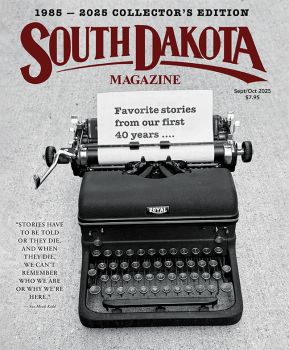


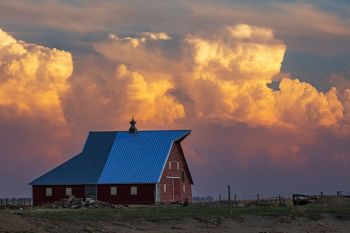



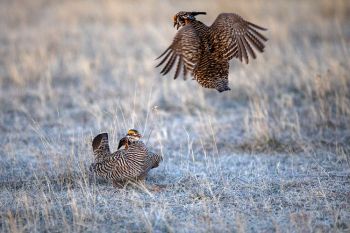

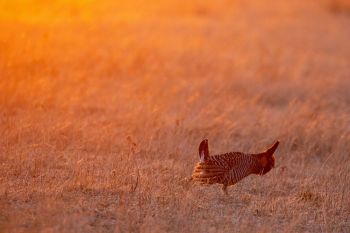

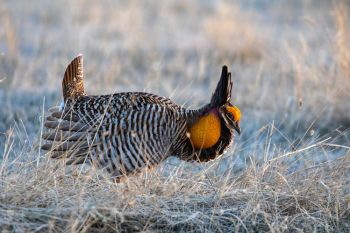

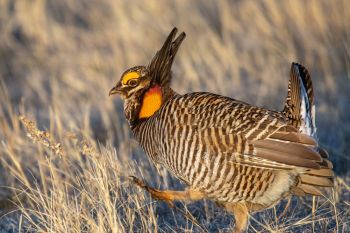
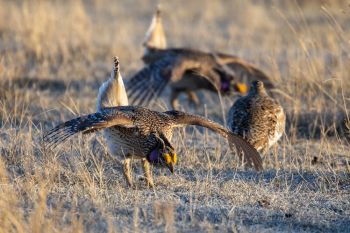



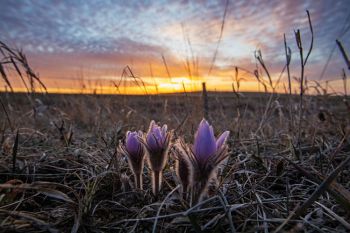

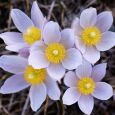
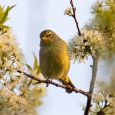
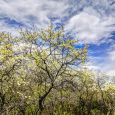
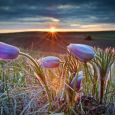

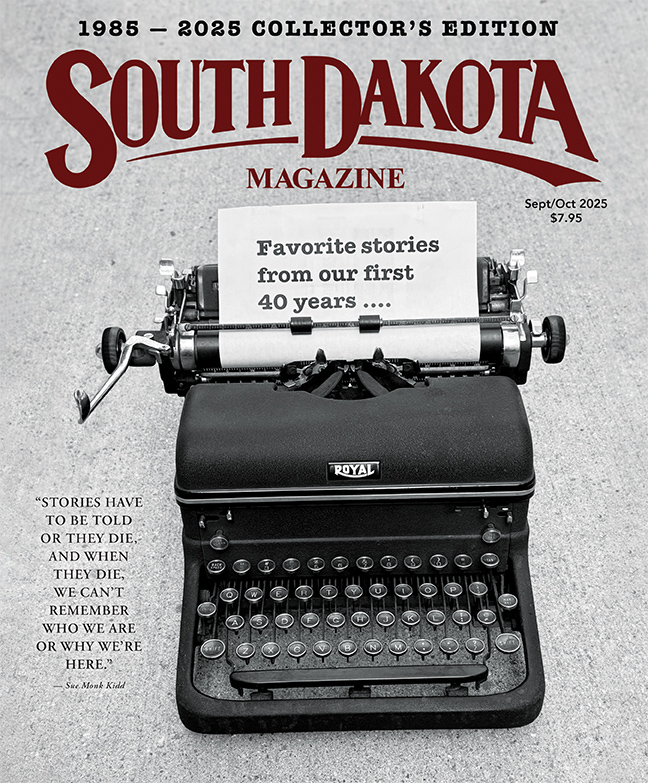

Comments